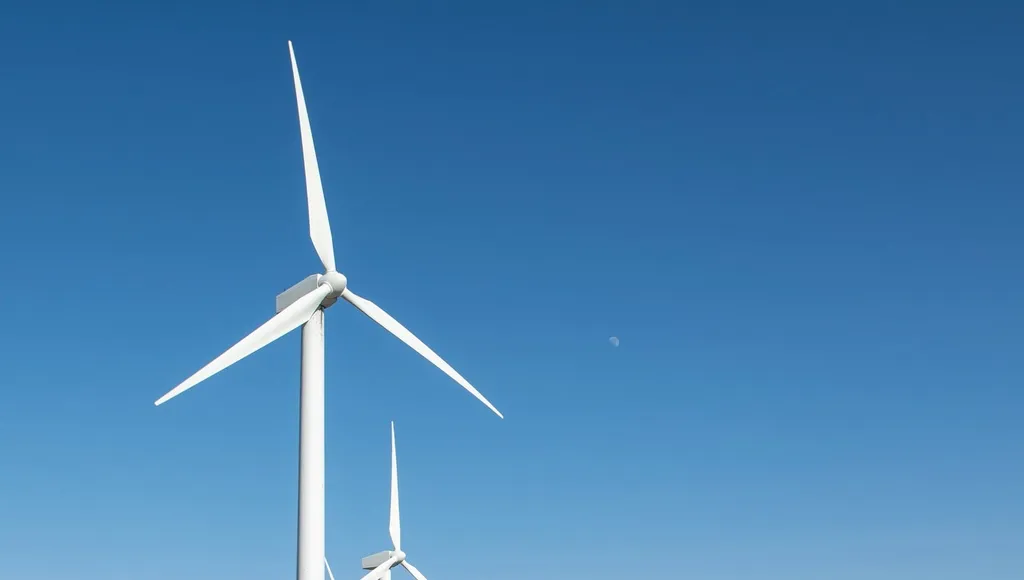China’s wind power sector is accelerating its ambitions, with leading turbine manufacturers advocating for an annual installation of at least 120 gigawatts (GW) of wind power capacity by 2030. This proposal, presented at the China Wind Power conference in Beijing, underscores the country’s commitment to its energy transition and aims to significantly bolster wind power capacity within the decade, as reported by Bloomberg.
The push aligns with China’s broader goal of reducing reliance on fossil fuels and cutting net greenhouse gas emissions by 7% to 10% by 2035. President Xi Jinping has previously stated that China aims to have 3,600GW of wind and solar power capacity installed by 2035. The new industry proposal suggests reaching 1,300GW of cumulative national wind power capacity by 2030 and at least 2,000GW by 2035, a substantial increase from the 520GW expected by the end of 2025.
China has already demonstrated its capacity to surpass renewable energy targets, setting a record in 2024 by adding close to 80GW of wind capacity. The proposed targets also include an annual installation of 15GW for offshore projects through 2030. This rapid expansion is part of a broader transition that involves not only renewable energy sources but also grid infrastructure, energy storage, and the electrification of transport, buildings, and industry.
The implications of this news are significant. China’s rapid transition to renewable energy is reshaping the global energy landscape, setting a precedent for other nations. The proposed targets, if met, could lead to a substantial reduction in carbon emissions. According to a recent report by clean energy think tank Ember, China’s emissions are projected to peak in 2028 at 11.3 billion tonnes, with a potential reduction of 1.6 billion tonnes by 2030, dependent on the mobilisation of 17.5tn yuan ($2.5tn) in green investments over the next five years, as cited by Bloomberg.
The sector’s development will likely spur technological advancements, increased investment, and job creation. It will also challenge other countries to accelerate their own renewable energy transitions, potentially leading to a global shift in energy policies and practices. The proposal’s success hinges on sustained political will, technological innovation, and substantial investment, but if realised, it could significantly alter the trajectory of global energy production and consumption.

